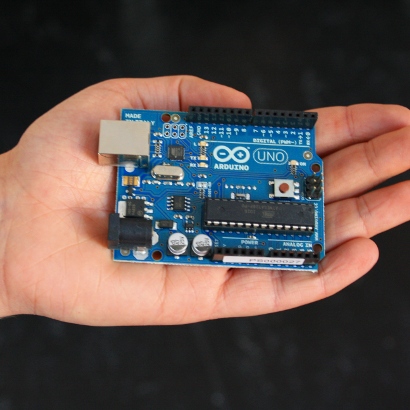Introduction
I am taking the online MIT Media Lab course "Learning Creative Learning". Week 1's activity was based on a short text by Seymour Papert titled "Gears of My Childhood". In this text, Papert describes his early fascination with gears, and how it laid a cognitive foundation that was later used for grasping concepts in math. Papert ties this to Piaget's concept of "Assimilation" - a cognitive process in which new knowledge is digested using existing cognitive models, or structures. Papert claims that the cognitive aspect should be accompanied by an emotional aspect of learning, which might explain motivation to learn. In the activity, we were asked to write about an object from our childhood that interested and influenced us.
I chose three such objects: mechanical Lego, flint stone tools and my first computer.
Mechanical Lego
These are the gears of MY childhood. I got a few Mechanical Lego kits, more complex as I grew older. The kits came with very elaborated instructions booklets, which guided me through building a few different designs from each kit.
The kits contained gears of various sizes and shapes, including the flat gears we see here, in this forklift model. The kits also included shafts, fittings, joints and other parts, that enabled me to experiment with mechanical engineering, designing various simple machines, testing them out and improving (similar to what Mitch Resnick describes as "imagine-create-play-share-reflect" spiral, but with less sharing, as this was an individual activity mostly).
I especially liked to build steering mechanisms (you can see one in the picture, on the bottom-left side), which turned a circular motion into a straight motion, and that straight motion into change in angle of the wheels. When the vehicle drove and i steered it, I learned how the vehicle body acted when steering while driving forward and backward. Understanding these motions, not only in my mind, but also in my body, so to say, helped a lot when i learned to drive and had to deal with parallel parking.
Flint stone tools
I grew up next to a dry stream which probably saw many years of prehistoric human activity. Along the stream you could find many flint stone tools like those. I collected them, tried to use them and make more (which is very hard). In "gears of my childhood" the author speaks about how his love for gears based a model in his mind that later helped him cope with math. I do not know if I can find such a straight relation about flint stone tools. I do know this: tools can be created wherever you are, whatever you have.
Sinclair ZX Spectrum
When I was 12 or 13 I got my first computer – it was Sinclair ZX Spectrum. I learned to program it in Basic, and created all sorts of graphic and sound based programs. Getting games for it was not simple at all – I could buy games on tape cassettes, but that was expensive, so a few friends bought and shared printed magazines (no internet in the 80s) which had printed code of various games. I had to type in the code, run it, fix it and run it again. This experience taught me how to program.
4 "P"s and 1 "M"?
"Learning Creative Learning" is built upon the 4 "P"s: projects, peers, passion and play. From my personal experience, there is also much need in models - something to try and copy, in order to learn. I saw it with the mechanical Lego, using the instructions in the booklets to learn to build various components, such as steering wheel, on which I can later improvise, building my own ideas. Same thing was with my first computer, when I typed in hundreds lines of code in order to get computer games, while learning to program while doing so. I think this concept is also very powerful in Scratch, where you can take a game that you like (a model), and tweak it to learn how it works and how to make it do something different.
















